16, November 2023
Statement by the African Development Bank Group following the illegal arrest of its staff in Ethiopia 0
On 31 October 2023, two staff members of the African Development Bank Group based in Addis Ababa were unlawfully arrested, physically assaulted, and detained for many hours by elements of the security forces without any official explanation.
We are pleased that the Prime Minister of Ethiopia immediately acted when he learnt of the incident, ordered the immediate release of the affected staff and promised to order an immediate investigation into the incident.
This is a very serious diplomatic incident, and the African Development Bank has since lodged a formal complaint with the Ethiopian authorities. For their part, the government has formally acknowledged our complaint, recognised the gravity of the incident, and reassured us that all those involved in breaking the law will be thoroughly investigated and brought to justice, ensuring transparency and full accountability.
Furthermore, the government has also reassured the African Development Bank that its staff in Ethiopia and those travelling to the country on mission will continue to enjoy full respect of their rights, privileges and diplomatic immunities under the Vienna Convention on Diplomatic Relations as well as the African Development Bank’s Host Country Agreement with the Government of Ethiopia.
The African Development Bank values its excellent relations with the government of Ethiopia and is currently engaged with the authorities, through diplomatic channels, concerning the incident.
The African Development Bank’s management would like to reiterate its commitment to the safety, security, rights and privileges of all its staff in all countries where the Bank operates.
The African Development Bank wishes to assure all its partners that its operations in Ethiopia have not been affected by this incident.
Culled from ADBG
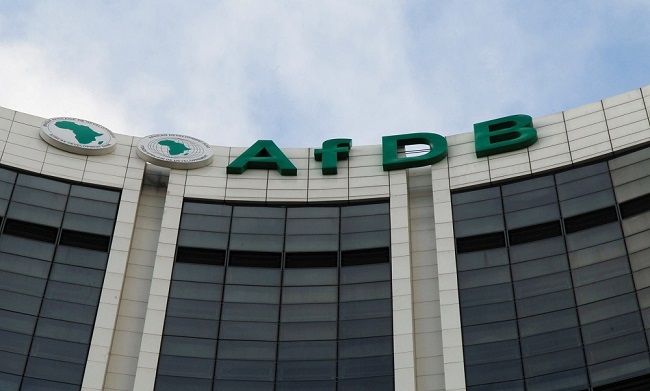
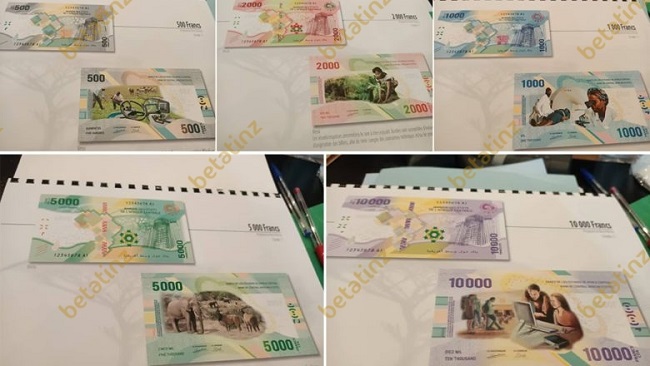


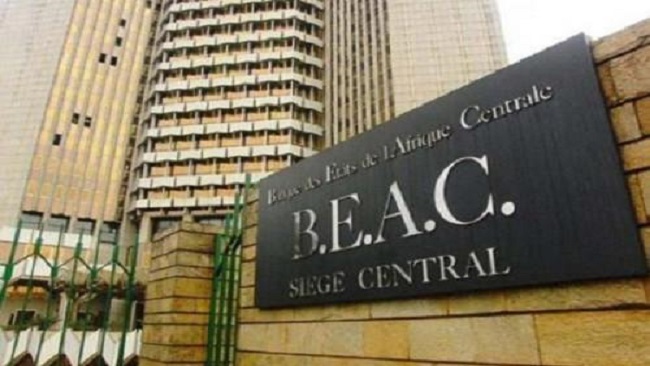

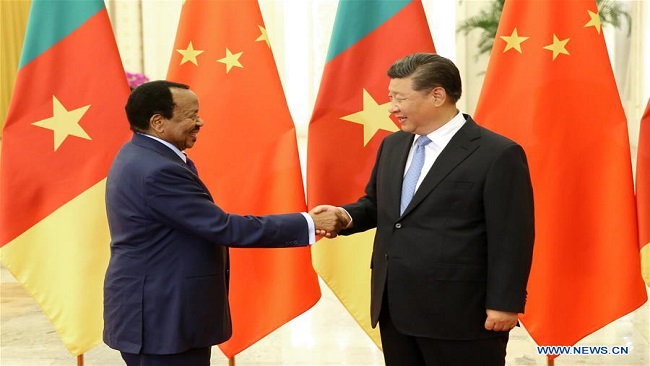

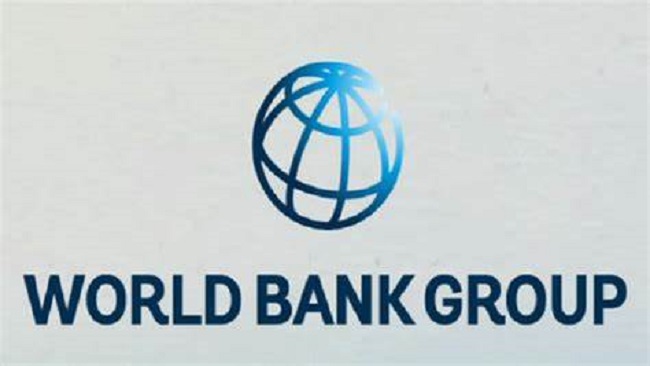



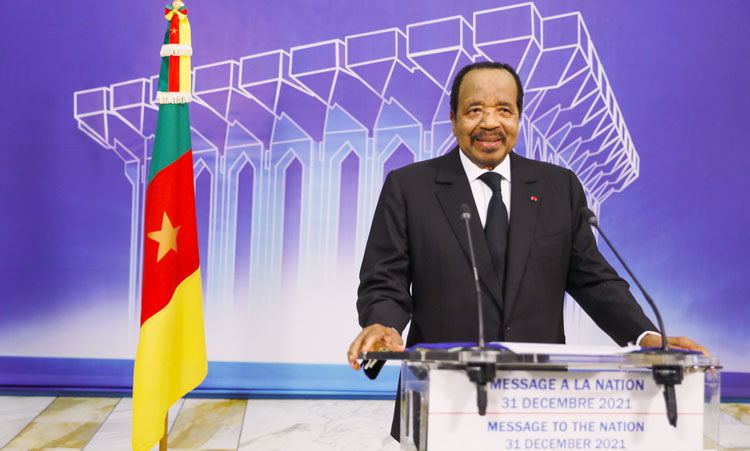




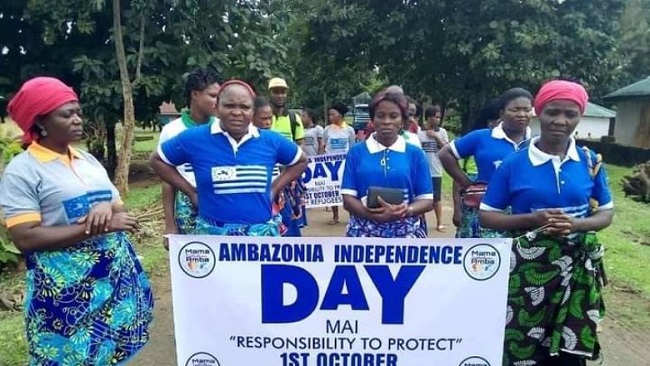








21, November 2023
Fitch Ratings alters Cameroon’s outlook from stable to negative 0
Fitch Ratings has altered Cameroon’s outlook from stable to negative while maintaining its long-term foreign-currency issuer default rating at the “B” level.
The adjustment in outlook is attributed to rising liquidity pressures arising from heightened spending requirements, as well as challenging conditions in both domestic and external market financing, as stated in a statement by the rating agency on Friday.
Furthermore, Fitch highlighted structural deficiencies in public finance management and noted the country’s exposure to downside risks in the budget balance stemming from political and social pressures as contributing factors to the outlook revision.
“It was revealed in July that the authorities were late in making external debt service payments to one commercial creditor on four occasions between January and November 2022, underscoring weak debt management capacity and the extent of liquidity pressures,” the report mentioned.
Fitch anticipates that Cameroon will maintain a moderate budget deficit of 1.3 percent of GDP in cash terms in 2023 and 1.4 percent in 2024.
Despite this, the rating agency projects an increase in real GDP growth, reaching 3.8 percent in 2023 compared to 3.6 percent in 2022. Additionally, Fitch foresees a further rise to 4.1 percent in 2024 and 4.4 percent in 2025.
Source: MENAFN